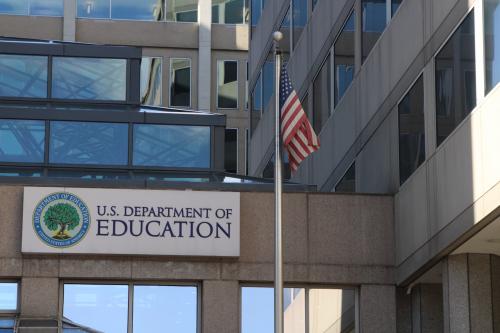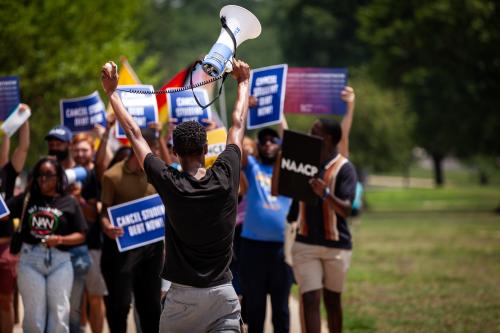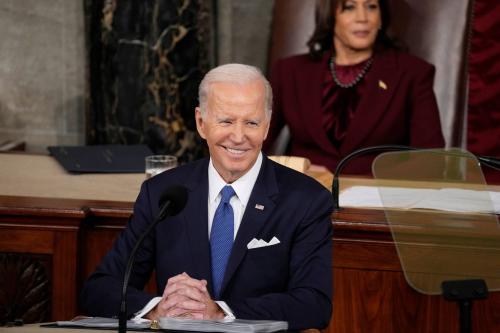“Help us work with colleges and universities to cut in half the growth of tuition costs over the next ten years. We can meet that goal together,” declared President Barack Obama last night at the Democratic National Convention.
The discussion about the rising costs of higher education in this country has been heating up with prices across all categories of institutions rising at a rate that is well above the rate of inflation for other goods.
Both President Obama and presidential hopeful Mitt Romney have expressed a commitment to making college more affordable for American students. However, the candidates have very different ideas about how best to reform the federal student aid program to achieve this common goal.
The reforms that Romney would likely put in place reflect a market based solution to this problem. He supports reforms that would make information about school quality more readily available to prospective students. Policies of this nature would allow prospective students to have a better understanding of the value that different programs provide. Since informed students are less likely to over-pay for a degree this will coerce colleges to charge prices that reflect the actual value of their services. (The value of a degree should be measured in terms of the additional future earnings that it provides.) An advantage of this system is that it keeps the government out of the game of policing schools. However, it also relies on students taking the responsibility to make decisions that are best for them.
Romney has also expressed a preference for redistributing aid dollars toward the neediest students. While it was likely not the intention of the policy, this may also serve to put some downward pressure on prices. Since grants generate inflationary pressure, it is wise to limit their use to instances in which the grant is likely to cause a student to obtain more education than they would have otherwise. Pell grants will have the greatest impact on enrollment and completion when given to the least wealthy students.
In contrast to these market based approaches, the reforms supported by President Obama rely on a greater degree of intervention. His platform focuses on making sure students have the resources to pay for college rather than managing the rising costs directly. This objective would likely be achieved through expansion of Pell grants, campus based programs, subsidies on education loans and loan forgiveness. This could be a good way to provide relief to students and their families in the short run, but may be an unsustainable model because of the upward pressure that it puts on tuition prices and the cost it imposes on taxpayers.
Obama has also suggested the use of price controls to manage tuition inflation. Price control could be achieved through tying eligibility for federal subsidies to regulations regarding allowable annual tuition increases. This would likely be a more than sufficient incentive for school to stabilize tuition because schools would find it difficult to compete without the ability to offer their students access to federal aid. However, this would not come without a cost. Price controls have the potential to stifle innovation in the higher education industry.
Despite the differences in approach, it seems that each candidate is both anxious and prepared to tackle the problem. That should be a comfort to those Americans who are trying to figure out a way to pay for college.



Commentary
Romney and Obama: The Presidential Candidates’ Solutions to Making College More Affordable
September 7, 2012